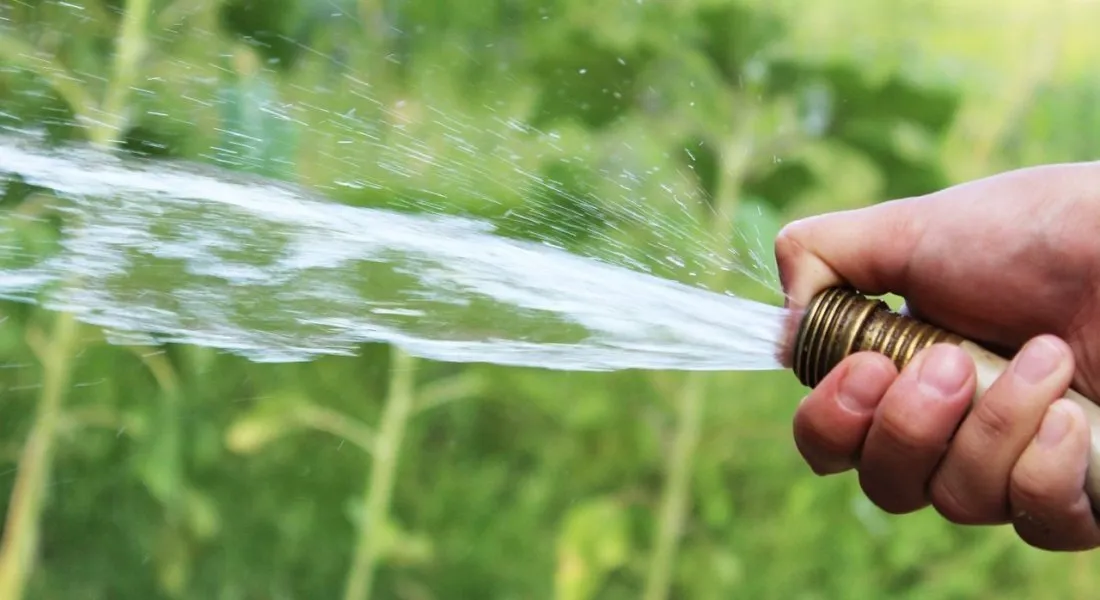The summer months deliver some heavy rains that saturate lawns with excessive water and moisture, while other regions suffered extreme heat and drought. Unfortunately, both cases present similar symptoms on your trees and turf. No matter the extreme weather conditions you’ve suffered this season, knowing the differences between parched and drowning roots can help you better prepare your landscape for fall.
High Heat. Very hot and dry weather can not only put stress on people, but also on our trees.
Excessively dry soil conditions can significantly reduce the life span of your valuable landscape trees. Because they are difficult and expensive to replace, your trees need attention during and after drought periods.
Symptoms include wilted foliage, a sparse canopy of off-color and undersized leaves, leaf scorch, yellowing, leaf drop and premature fall color.
Perhaps even more life-threatening than anything to a tree suffering drought is invasion by borers and disease-causing organisms that can happen as the tree is recuperating and still in a weakened state.
Solutions include watering appropriately–slow, deep watering every five to seven days during drought is ideal for mature trees in 75- to 85-degree weather and every four to six days in 95- to 105-degree weather. For young or newly planted trees, slow and deep watering every three days is a good recommendation.
Water Works. Warm, excessively wet weather may have you seeing spots in your landscape.
Unless you’re checking out the leopards at your local zoo or admiring a pointillism painting at your nearby art museum, then seeing spots probably isn’t a good sign.
The spots we’re referring to are those blemishes and blights that can appear in your lawn or on your tree leaves when warm, wet weather lingers, creating the perfect conditions for diseases to form and spread. These lesions or unusual patches can ruin your lush landscape vista–not to mention diminish property values.
As a result of weather’s impact on your lawn and landscape, renovation may be necessary this fall to get your property back in shape. Lawn renovation services, such as core aeration and over seeding, can help reestablish desirable grasses and thicken turf to provide a stable, healthy base capable of better fighting weeds next spring.
So, while lengthy summer rains have kept lawns lush and green, they may have also had some negative effects, such as turf, shrub and tree diseases.
Trees recovering from a harsh winter, temporarily coping with drought stress, or lacking a seasonal substitute for an irrigation system, can benefit from subsurface watering .
